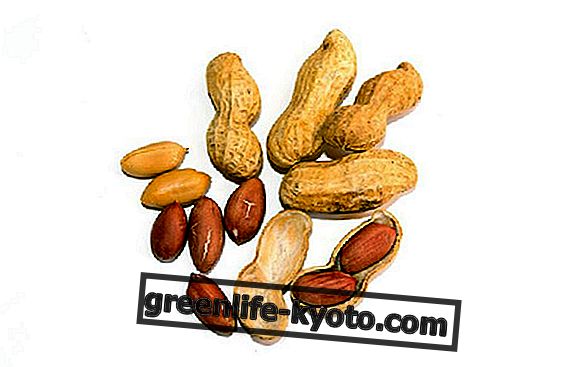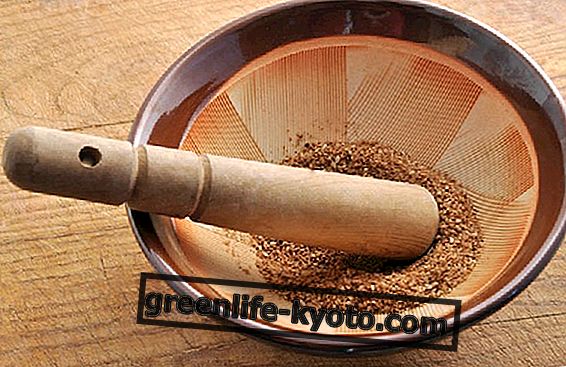
Vegetable curry recipe
Ingredients for 4 people:
> 300 g of boiled chickpeas;
> 1 red pepper;
> 300 g of sweet potatoes or normal potatoes;
> 1 courgette;
> 80 g of fresh or frozen peas;
> 4 ripe tomatoes;
> 1 teaspoon of cumin seeds, one of garam masala or yellow curry, half of turmeric, half fennel seeds, half of fenugreek seeds;
> 1 pair of tablespoons of ghee (alternatively extra virgin olive oil);
> 1 tablespoon of chopped fresh ginger;
> 1 red onion, a chopped garlic clove;
> 1 pinch of asafoetida;
> 2 tablespoons of whole plain yogurt;
> salt.
Preparation:
Toast all the seeds in the ghee in a pan for a few minutes, add the ginger, the chopped onion with garlic, the asafetida; then add all the vegetables, dicing the pepper and the tomatoes and slicing the zucchini. Add the chickpeas, about 50 ml of water, the garam masala, the turmeric and bring to the boil.
Lower the heat and cook for 20 minutes. Add the yoghurt and serve accompanying to taste with white rice, naan, papadum or chapati.
Also read Red onions in vegetarian recipes >>
Indian food for passion
Walking through the streets of India, you can smell the seeds and spices sizzled with the onion in large black cast iron pots everywhere .
Unavoidable, at lunch time but no, to let yourself be approached. In the Western and European world, it is the British that have the primacy of the consumption of curry-based dishes : as reported by the BBC website, the first curry-based recipe appeared in England in 1747 and it is said that around 23 million people they consume curry-based dishes regularly, in more than 9, 000 Indian, Pakistani and Bangladeshi UK residents.
But to learn about the origins of curry, it is necessary to go even further back in time, scientists argue that evidence has been found of the existence of forms of proto-curry already 4000 years ago, in the ancient Indus valley, cradle of civilization Indian, particularly in Farmana, west of Delhi.
Today there are several vegetable curry dishes, different depending on the country of origin, the type of masala used and the seasonal availability of food.
Among the variants, in the south the use of coconut milk rather than yogurt is preferred and in other cases cardamom can also be found as ingredients among the spices: everyone can discover their favorite Kath Katha or Sabzi Salan !
The benefits of curry
The word curry is English and comes from the Tamil language "dear", which means sauce or soup. The English have given them this term, indicating curry, which in Indian means "masala", a mix of spices pounded in mortar, different according to the countries of origin.
Usually cumin, black pepper, cinnamon, turmeric, coriander, cloves, ginger, nutmeg, fenugreek, chilli and black pepper are part of it.
Medical studies (Thomas Jefferson University) have demonstrated the anti-inflammatory properties of curcumin, as well as the anti-cancer and antioxidant power.
Therefore, the curry helps to protect the stomach and intestines, helping in the digestive process and "disinfecting" the body, while reducing joint pain and rheumatic inflammation.













